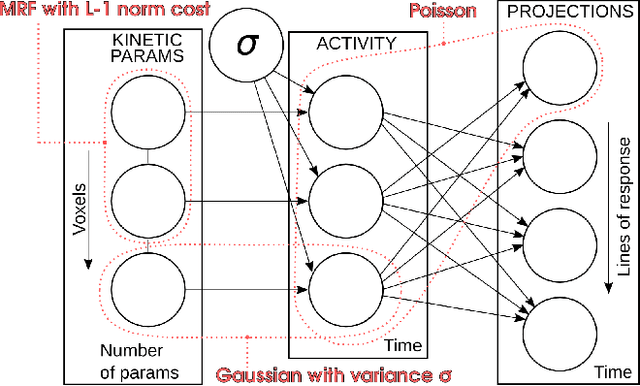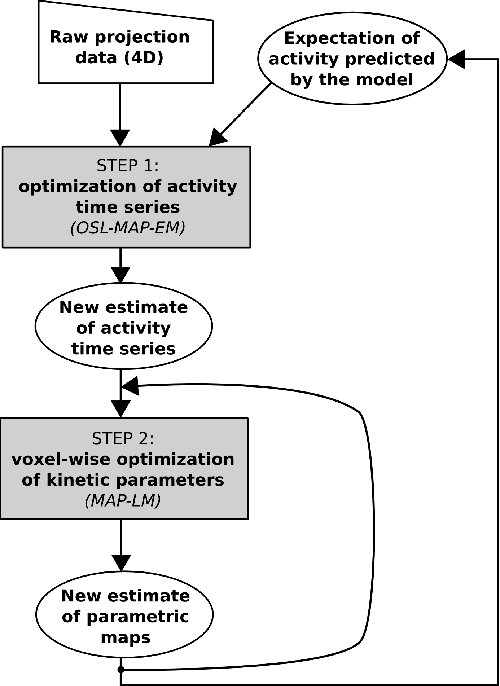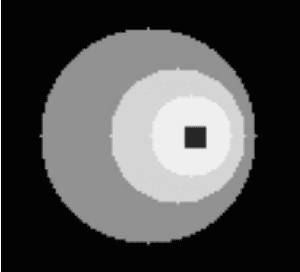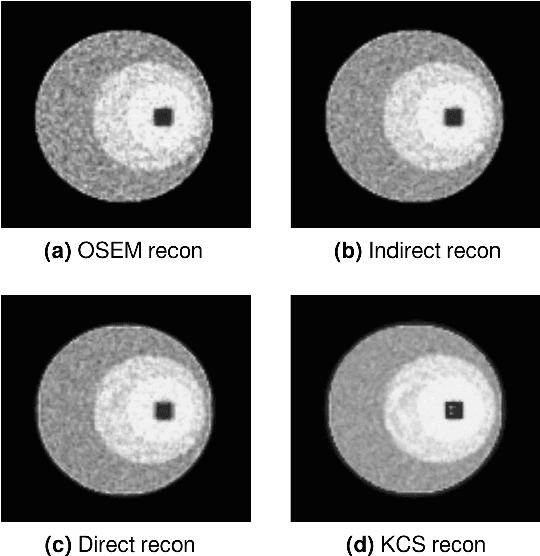Julie C. Price
Martinos Center for Biomedical Imaging, Boston, Harvard Medical School, Boston
TauPETGen: Text-Conditional Tau PET Image Synthesis Based on Latent Diffusion Models
Jun 21, 2023Abstract:In this work, we developed a novel text-guided image synthesis technique which could generate realistic tau PET images from textual descriptions and the subject's MR image. The generated tau PET images have the potential to be used in examining relations between different measures and also increasing the public availability of tau PET datasets. The method was based on latent diffusion models. Both textual descriptions and the subject's MR prior image were utilized as conditions during image generation. The subject's MR image can provide anatomical details, while the text descriptions, such as gender, scan time, cognitive test scores, and amyloid status, can provide further guidance regarding where the tau neurofibrillary tangles might be deposited. Preliminary experimental results based on clinical [18F]MK-6240 datasets demonstrate the feasibility of the proposed method in generating realistic tau PET images at different clinical stages.
Kinetic Compressive Sensing
Mar 27, 2018



Abstract:Parametric images provide insight into the spatial distribution of physiological parameters, but they are often extremely noisy, due to low SNR of tomographic data. Direct estimation from projections allows accurate noise modeling, improving the results of post-reconstruction fitting. We propose a method, which we name kinetic compressive sensing (KCS), based on a hierarchical Bayesian model and on a novel reconstruction algorithm, that encodes sparsity of kinetic parameters. Parametric maps are reconstructed by maximizing the joint probability, with an Iterated Conditional Modes (ICM) approach, alternating the optimization of activity time series (OS-MAP-OSL), and kinetic parameters (MAP-LM). We evaluated the proposed algorithm on a simulated dynamic phantom: a bias/variance study confirmed how direct estimates can improve the quality of parametric maps over a post-reconstruction fitting, and showed how the novel sparsity prior can further reduce their variance, without affecting bias. Real FDG PET human brain data (Siemens mMR, 40min) images were also processed. Results enforced how the proposed KCS-regularized direct method can produce spatially coherent images and parametric maps, with lower spatial noise and better tissue contrast. A GPU-based open source implementation of the algorithm is provided.
 Add to Chrome
Add to Chrome Add to Firefox
Add to Firefox Add to Edge
Add to Edge